Faraali Misal Sabudana Khichdi with Peanut potato
Faraali Misal
Farali Misal is a wholesome and flavorful dish traditionally prepared during fasting months. Even without onions and garlic, it proves that vrat recipes can be absolutely delicious. Popular in Maharashtra, Gujarat, and parts of North India, this dish is a complete meal in itself.
In this version, sabudana khichdi is made following fasting norms, topped with a potato–peanut curry for that signature misal touch, and finished with a sprinkle of crunchy faraali chivda.
It’s so versatile that you can enjoy it even outside fasting days. Turn it into a chaat-style treat with extra toppings of your choice—the possibilities are endless!
Faraali misal
Ingredients :
For The sago/javarsi/sabudaana Khichdi
1 1/2 cup sabudana/javarsi/sago
1 tbsp ghee/oil1tsp cumin seeds/jeera1tbsp ginger-green chilli paste1/4 cup roasted and coarsely crushed peanutssendha namak to taste1 tsp lemon juice/ lemon wedges
Potato Peanut Mixture
4 to 5 round red chillies
1 tsp whole coriander seeds
2 tsp oil
1 tsp cumin seeds
1 1/2 cups medium sized potatoes,unpeeled and cut into cubes.
3 tbsp peanuts , soaked for 1 hour, drained and cooked.
2 or 3 kokum , soaked for 1 hour and drained
Rock salt (sendha namak) to taste
Other Ingredients4 tbsp faraali chivda, readymade or home madelemon wedges to serve.For The GarnishSome chopped coriander
Method
For the sabudana khichdi
Clean, wash and soak the sago in enough water for at least 4 hours. Drain, spread on a colander to dry..
Heat the ghee/oil in a pan and add the cumin seeds.
Add the ginger-green chilli paste and cook for few seconds
Add the crushed peanuts and sauté for another 30 seonds.
Add the sago and rock salt and cook on a slow flame for few minutes.Stir to avoid lumps.
Drizzle lemon juice, mix well after switching off the gas.
To serve individual servings, make portions and keep aside.
For the potato peanut mixture
Dry roast the coriander red chillies on a tava /pan till a fine aroma emanates.
When cooled, powder coarsely.
Heat the oil in a pan and add the cumin seeds and the powdered chilli-coriander mixture and sauté on a medium flame for couple of minutes.
Add the potatoes and sauté on a medium flame for few minutes.
Add the peanuts, rock salt, kokum and 2 cups of water and cook till the potatoes are completely cooked.
Mash the potatoes lightly with the back of the ladle.
Divide it into equal portions and keep aside.
To serve
Place some of the sabudana khichdi in a bowl or a dish.
Place the potato peanut mixture and 1 tbsp of faraali chivda.
Garnish with coriander leaves and serve immediately with lemon wedges.
Notes
Kokum is dark purple to black, sticky and with curled edges. The fruit is often halved and dried, so that the dried seeds are visible in their chambers like a citrus fruit. It is usually available as a dried rind, resembling a thick plum skin. When added to food it imparts a pink to purple colour and sweet/sour taste. Garcinia indica or kokum is a fruit tree, of culinary, pharmaceutical and industrial uses. The outer cover of fruit is dried in the Sun to get Aamsul or Kokam/Kokum. It is used as a slightly sour spice in recipes from Maharashtra that yields peculiar taste and dark red colour.
It is a preferred substitute for tamarind in curries and other dishes from Konkan. It is also used in Konkani cuisine, in Gujarat, and some cuisines of South india.
Soaked kokumThe semi dried kokum needs to be soaked in water to extract the sour flavour. The process is similar to that used to extract tamarind pulp from dried tamarind.The fruit kokum is usually sundried after applying salt to it.Drying the kokum improves its shelf life.sabudana
How to selectSimilar to tamarind, kokum skins are usually available as dried rind or fruit, and infused in hot water. The deeper the colour the better the kokum.Culinary uses
· It is used only in the regional cuisines of Gujarat Maharashrta and several southern states where large glasses of kokum sherbet are downed during parched summer months.
· Kokum has the same souring qualities as tamarind, especially enhancing coconut-based curries or vegetable dishes like potatoes, okra or lentils.· It is also included in chutneys and pickles. The skins are not usually chopped but are added whole to the dish. Seasoning should be checked as they are quite salty.
How to store
It will keep in an airtight jar for about a year.
Health benefits
It is useful as an infusion, or by direct application, in skin ailments such as rashes caused by allergies. Kokum butter is an emollient helpful in the treatment of burns, scalds and chaffed skin.
The fruits are steeped in sugar syrup to make amrutkokum which is drunk to relieve sunstroke.
Faraali Misal
Farali misal
Browse my Instagram for daily recipes a nd vifdeos . Follow me in Instagram for more.


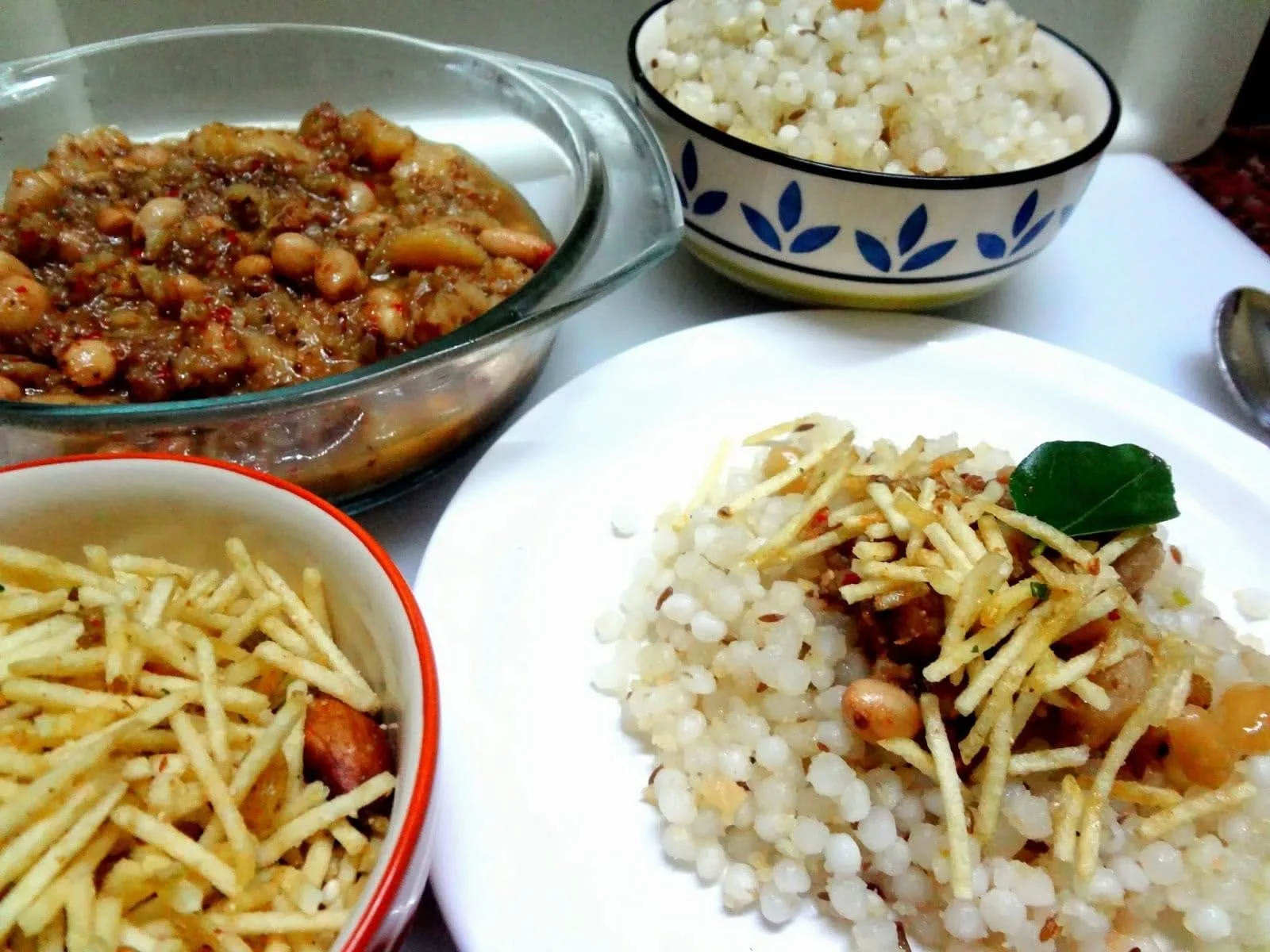
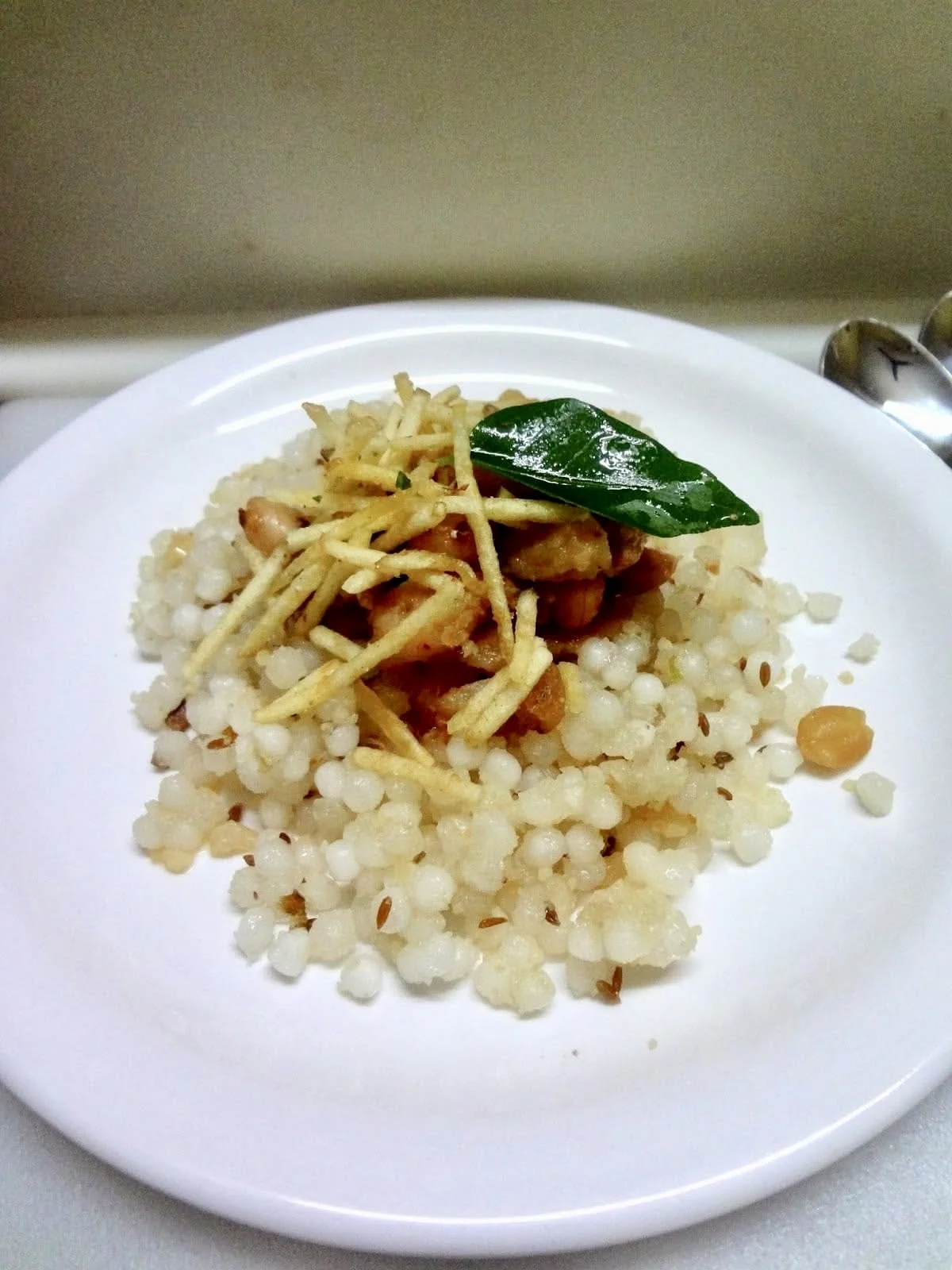
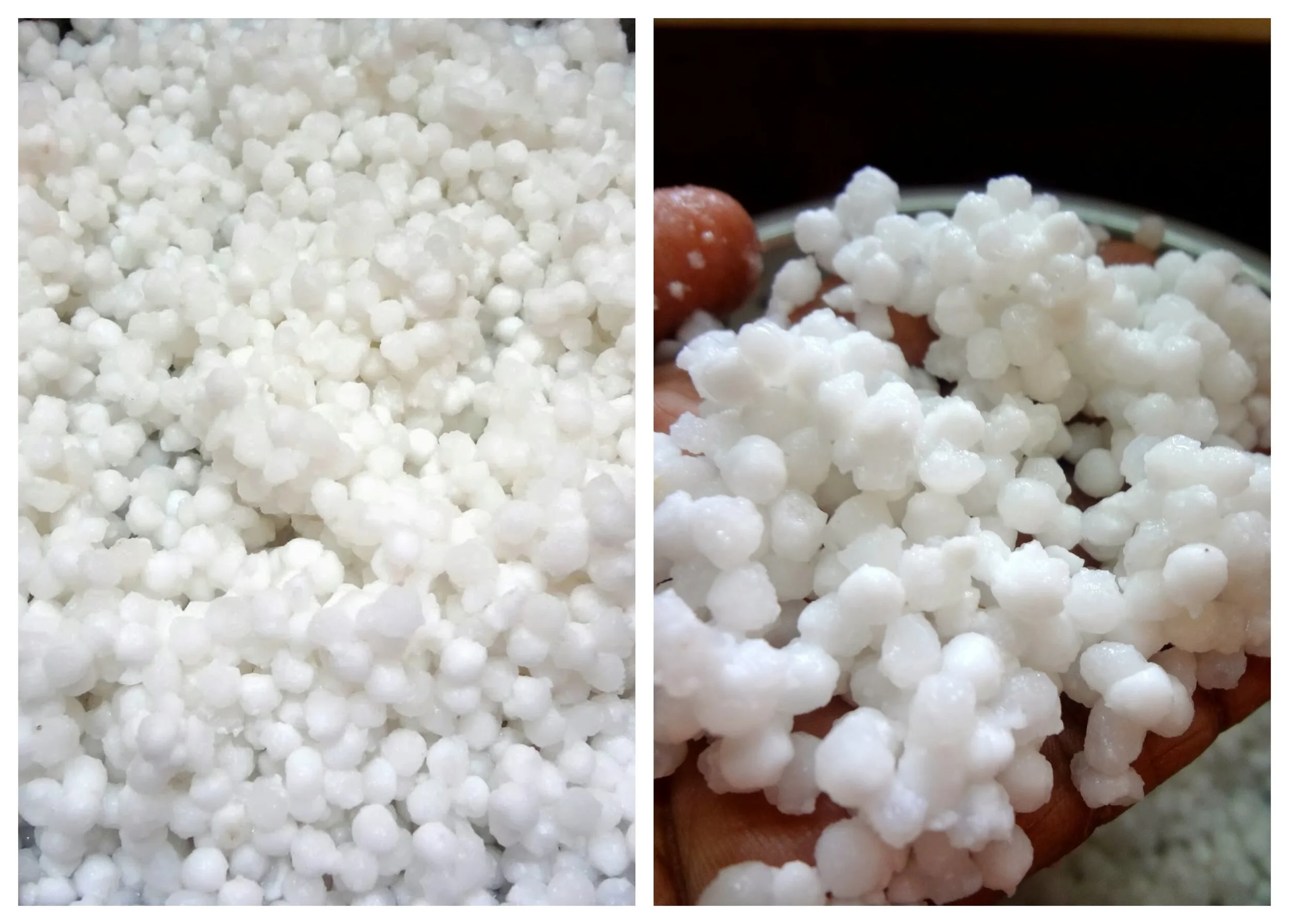
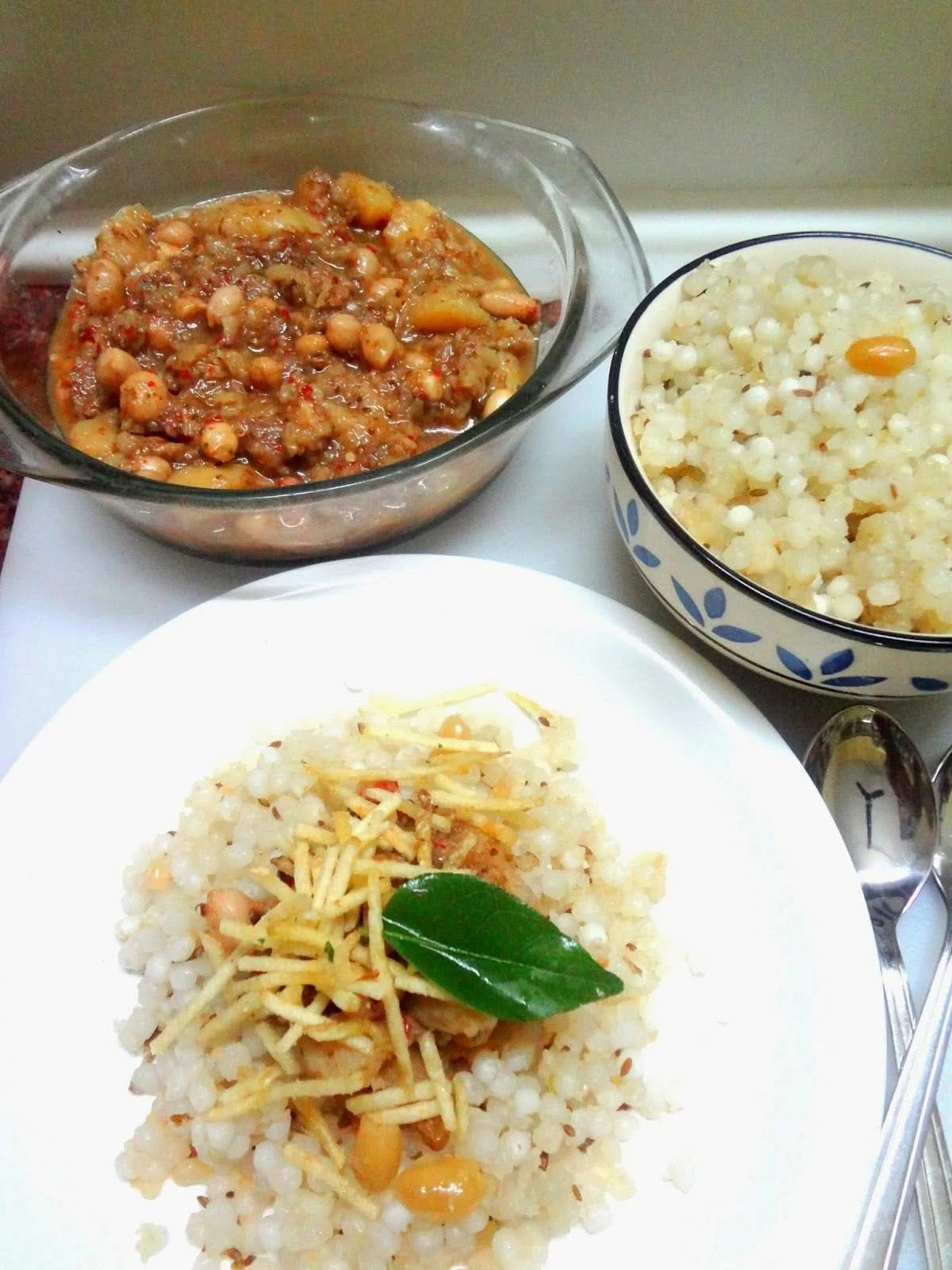








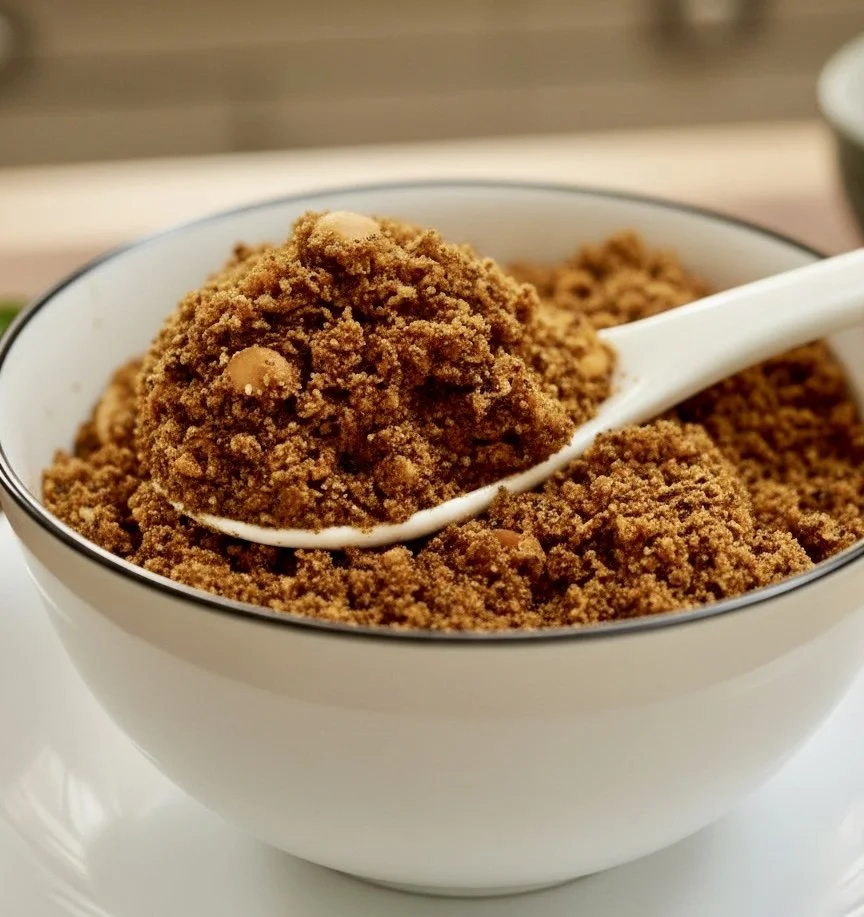

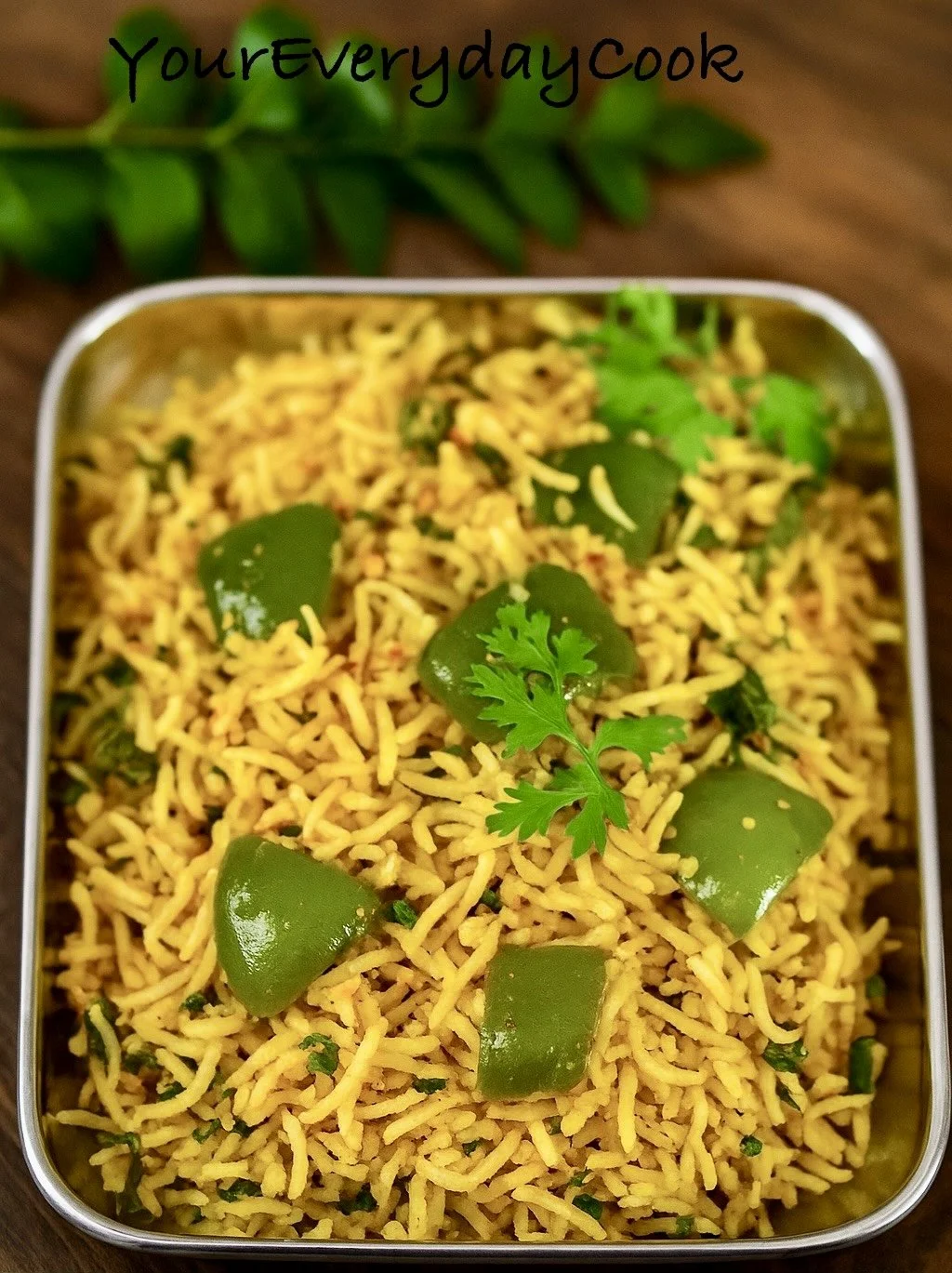
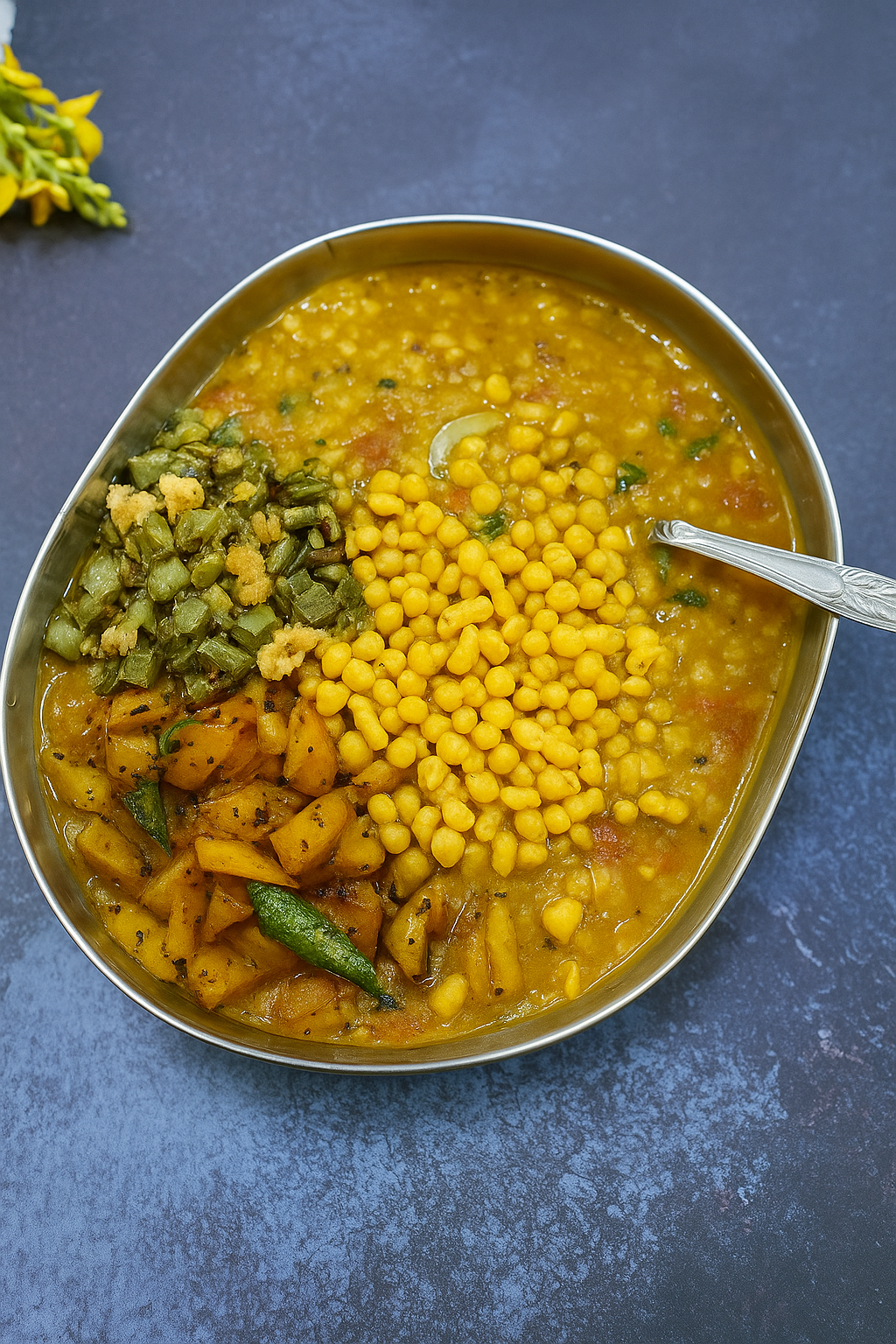

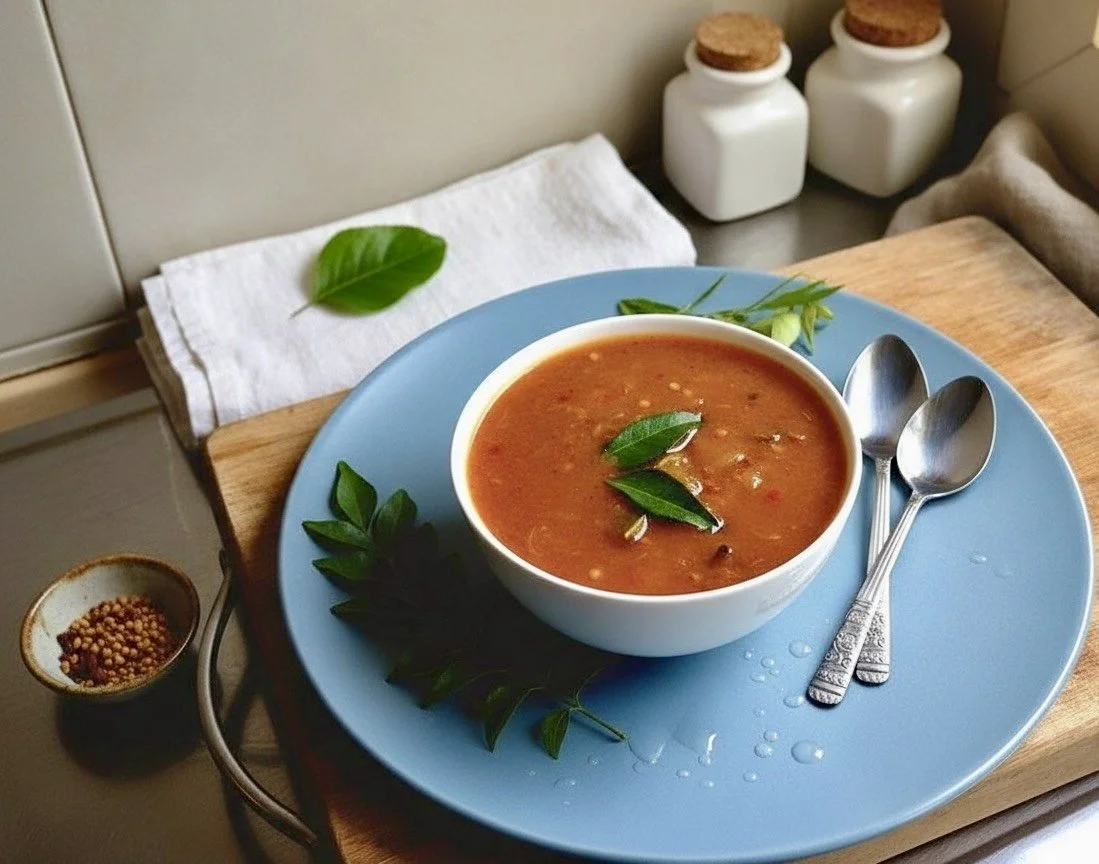

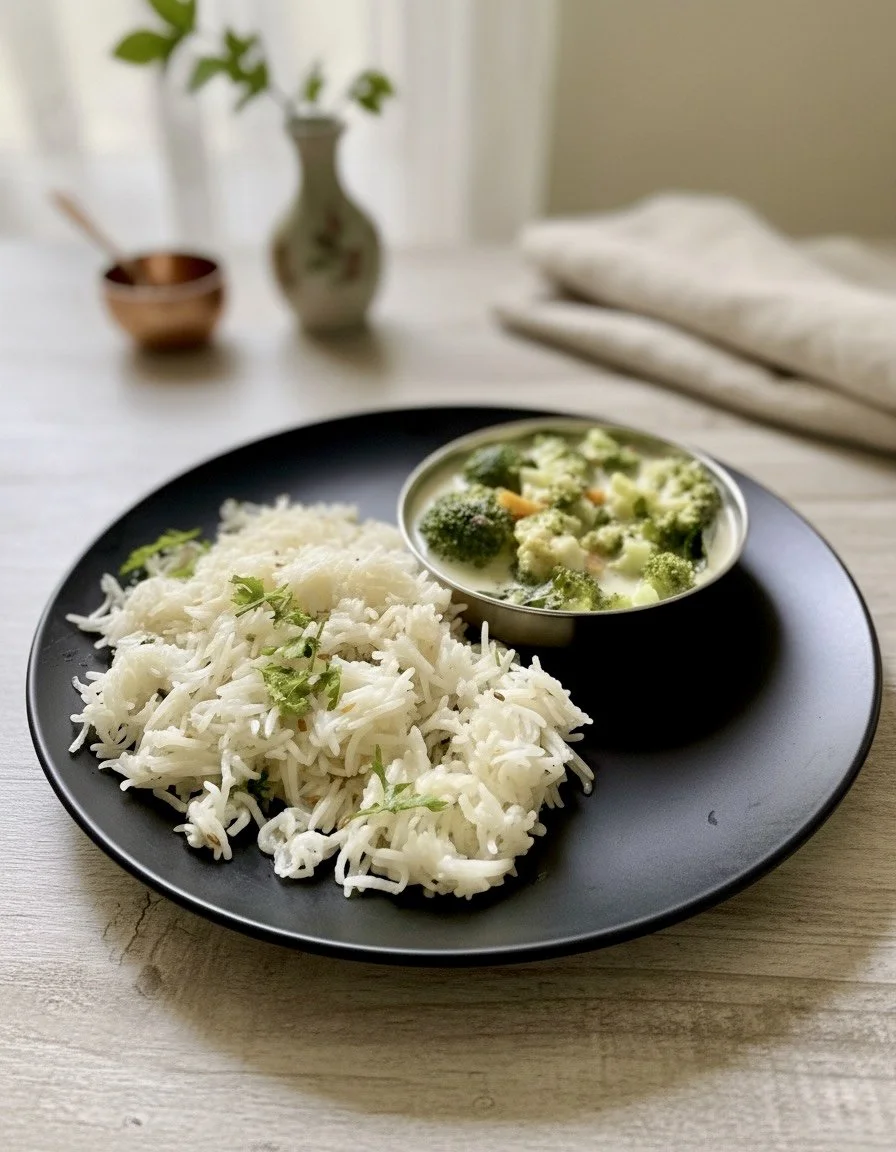
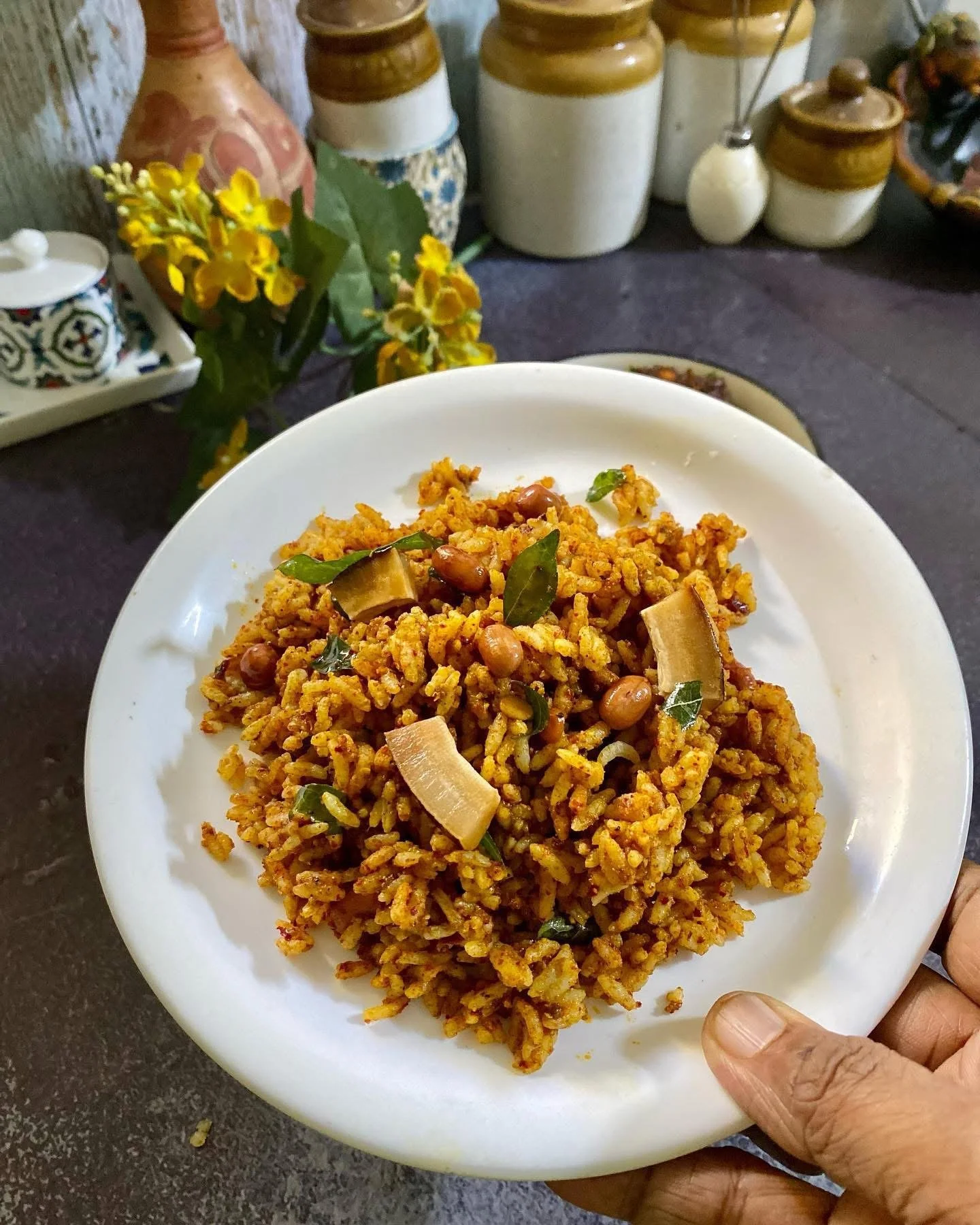
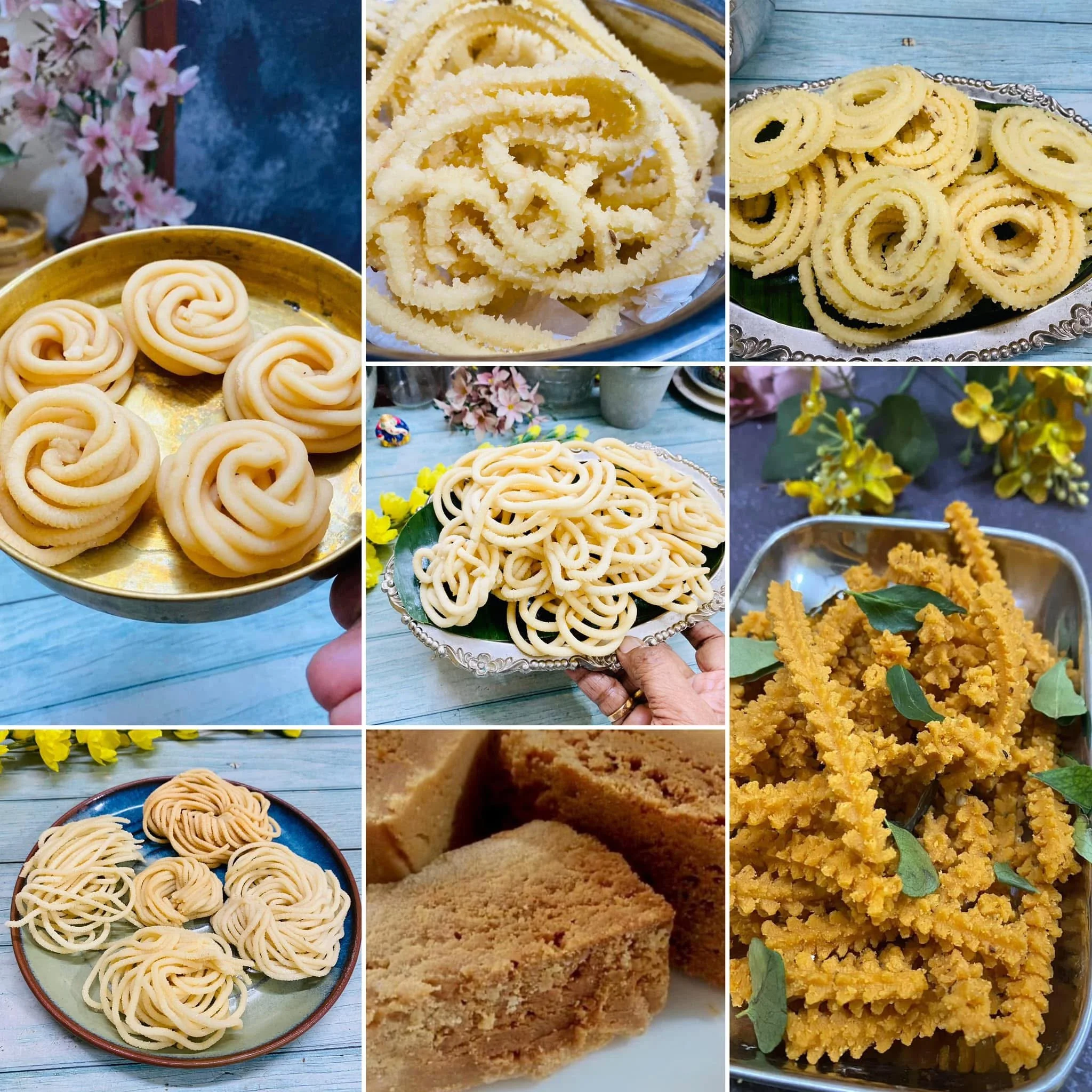
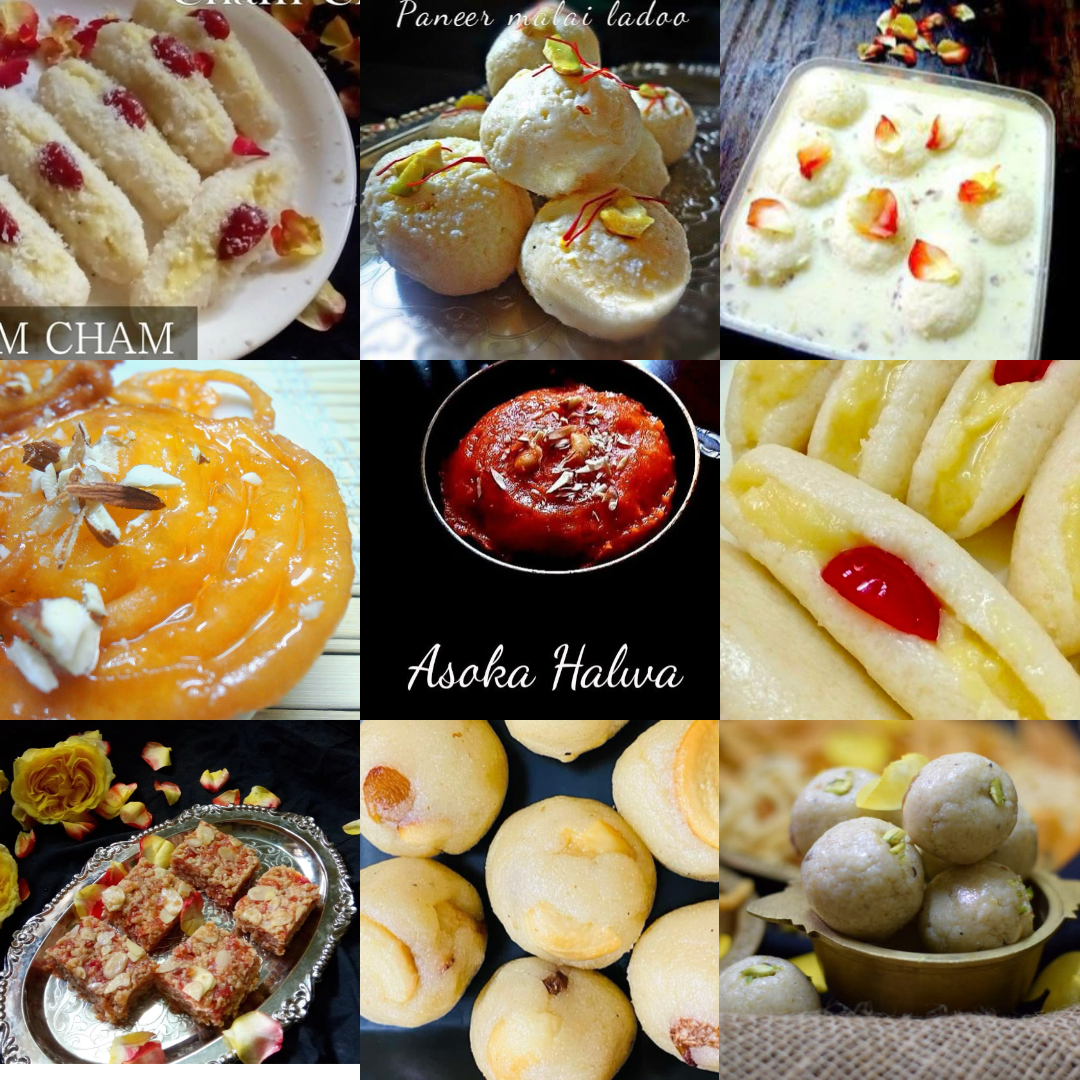
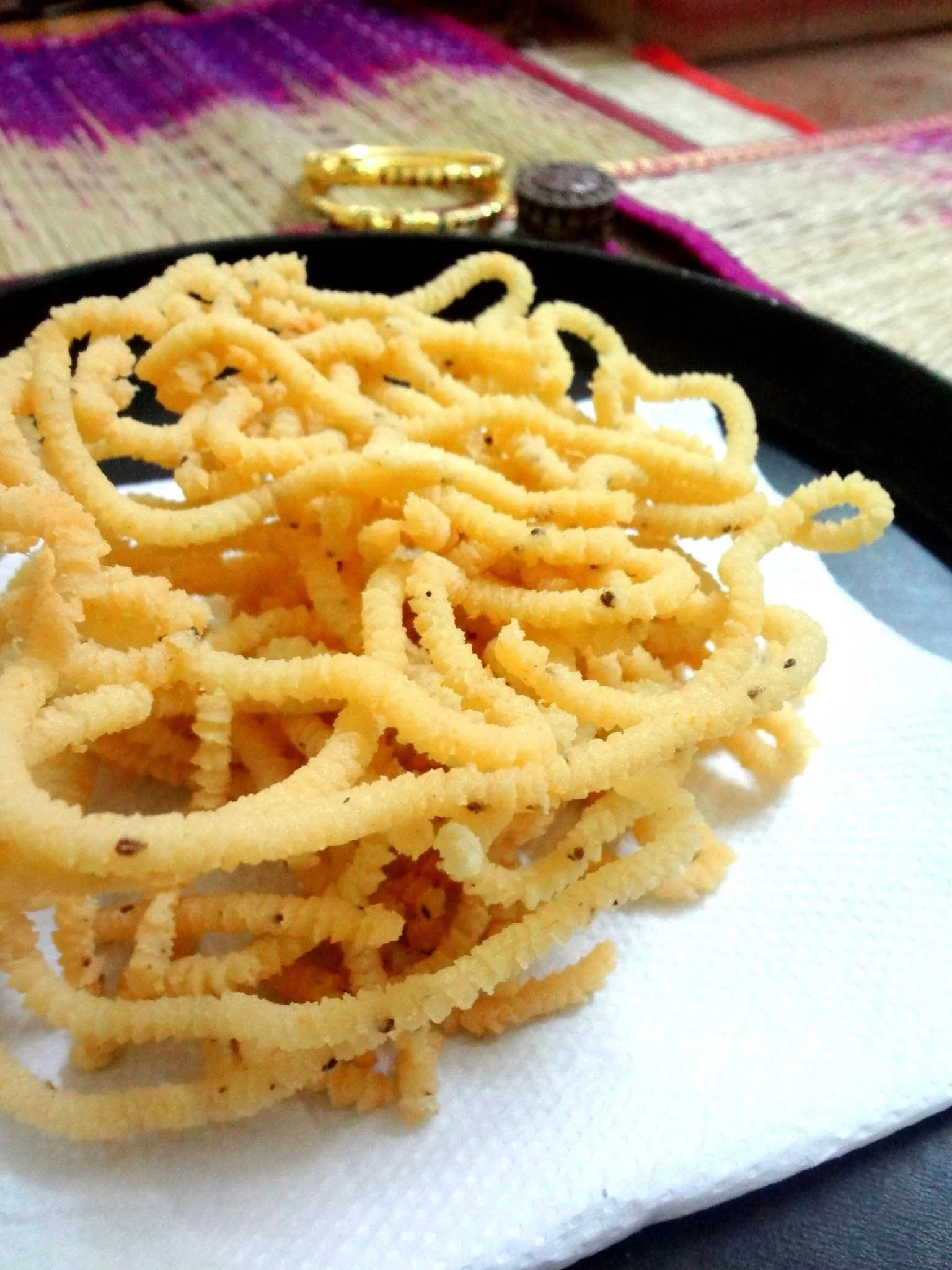

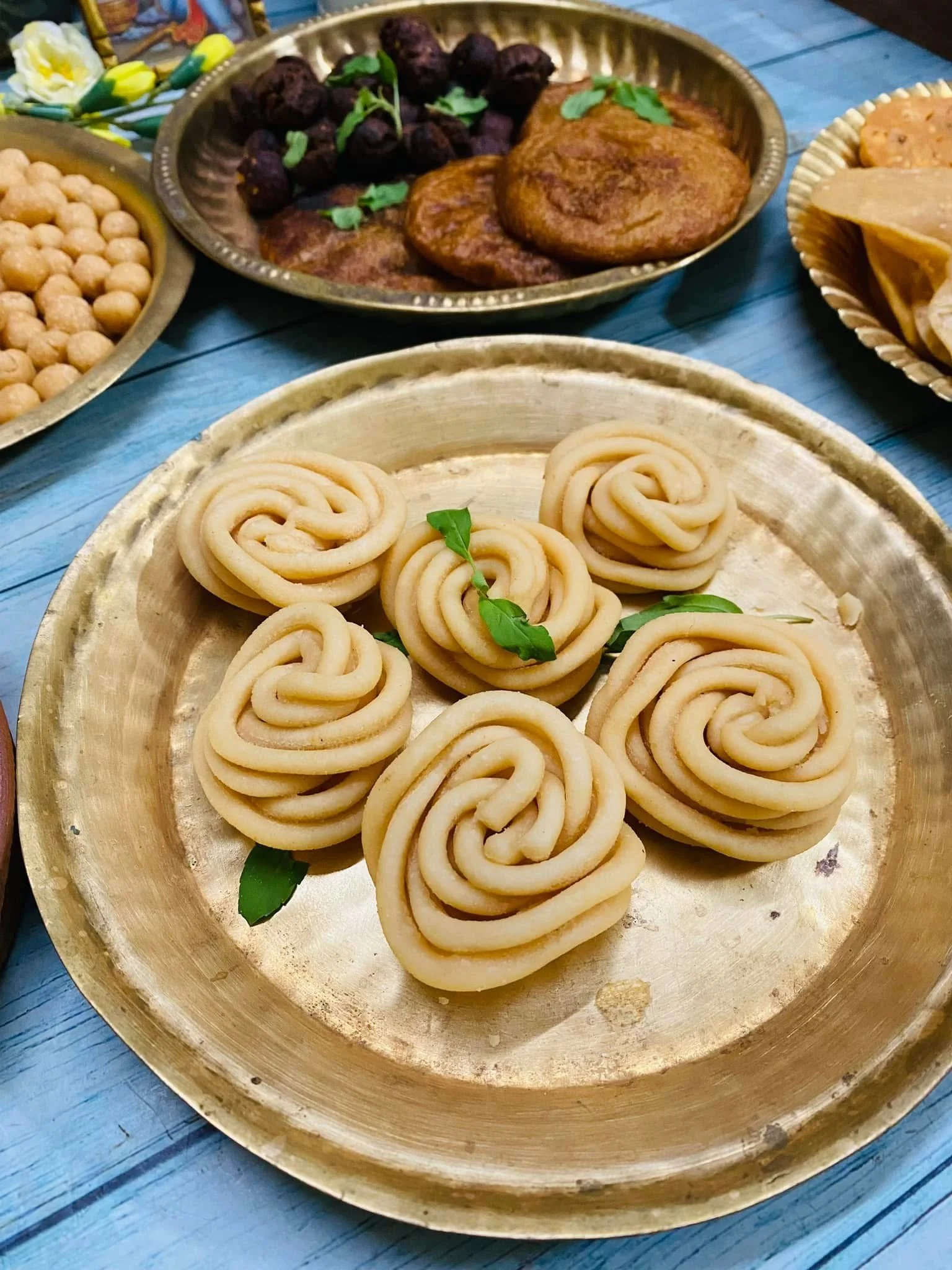


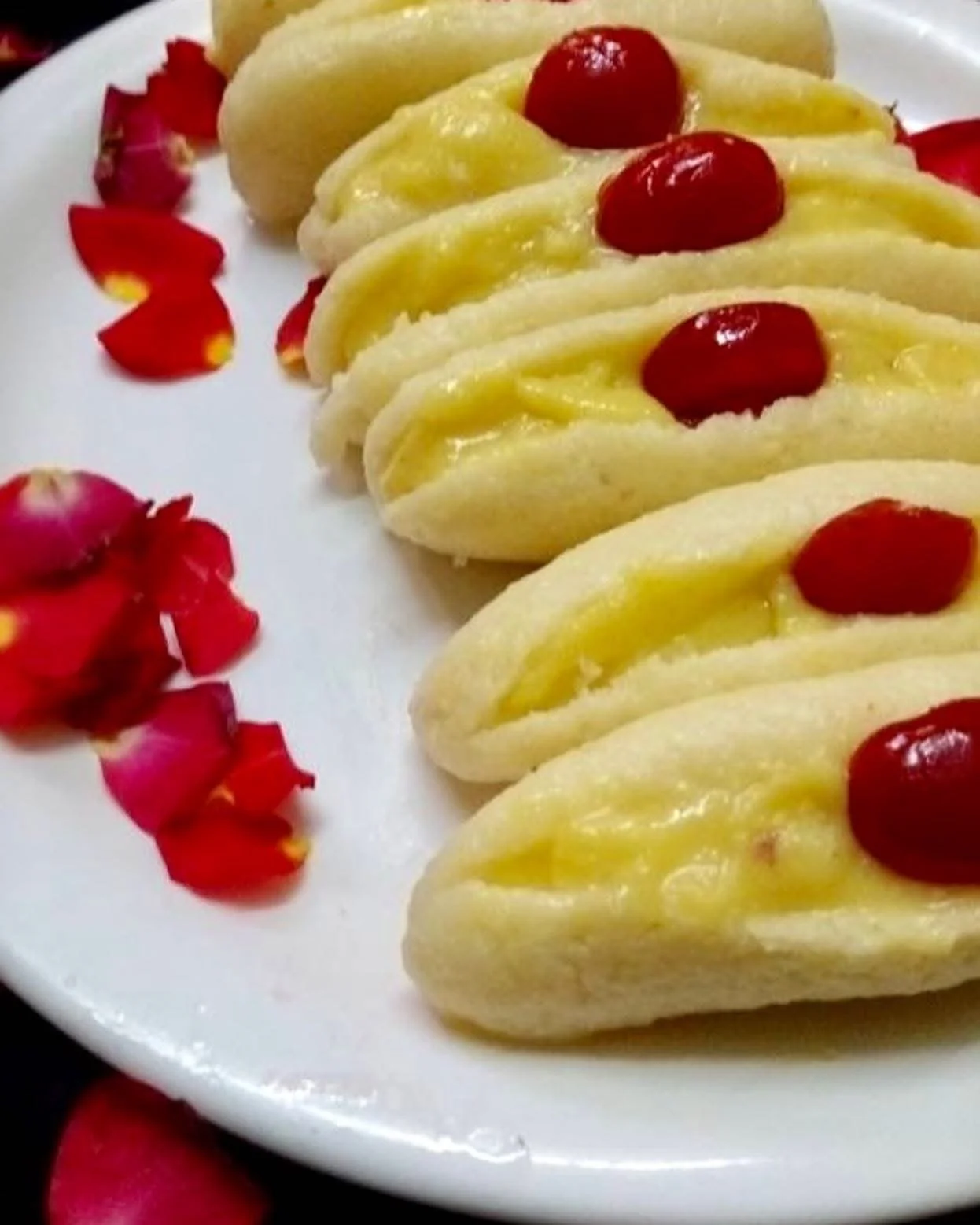

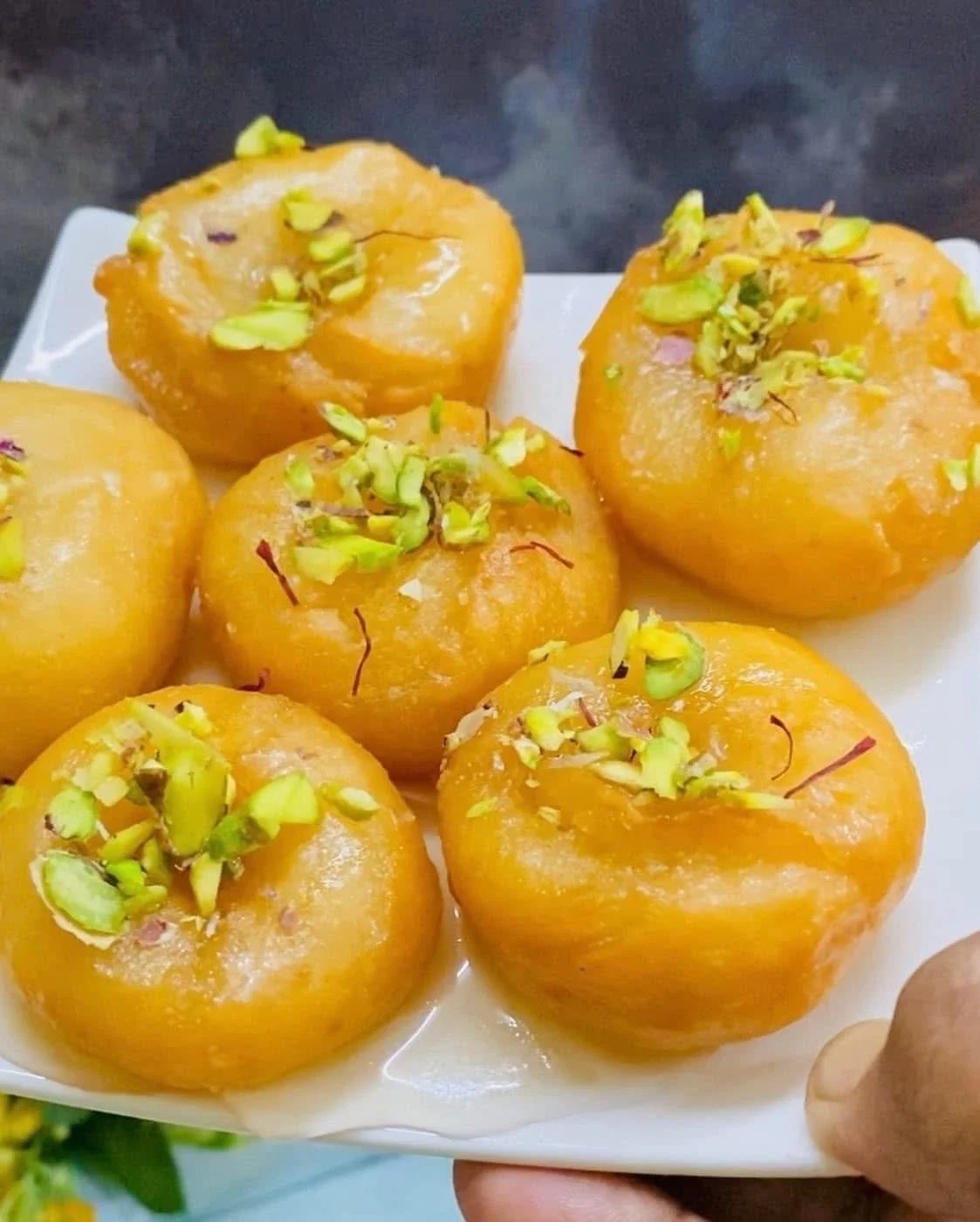

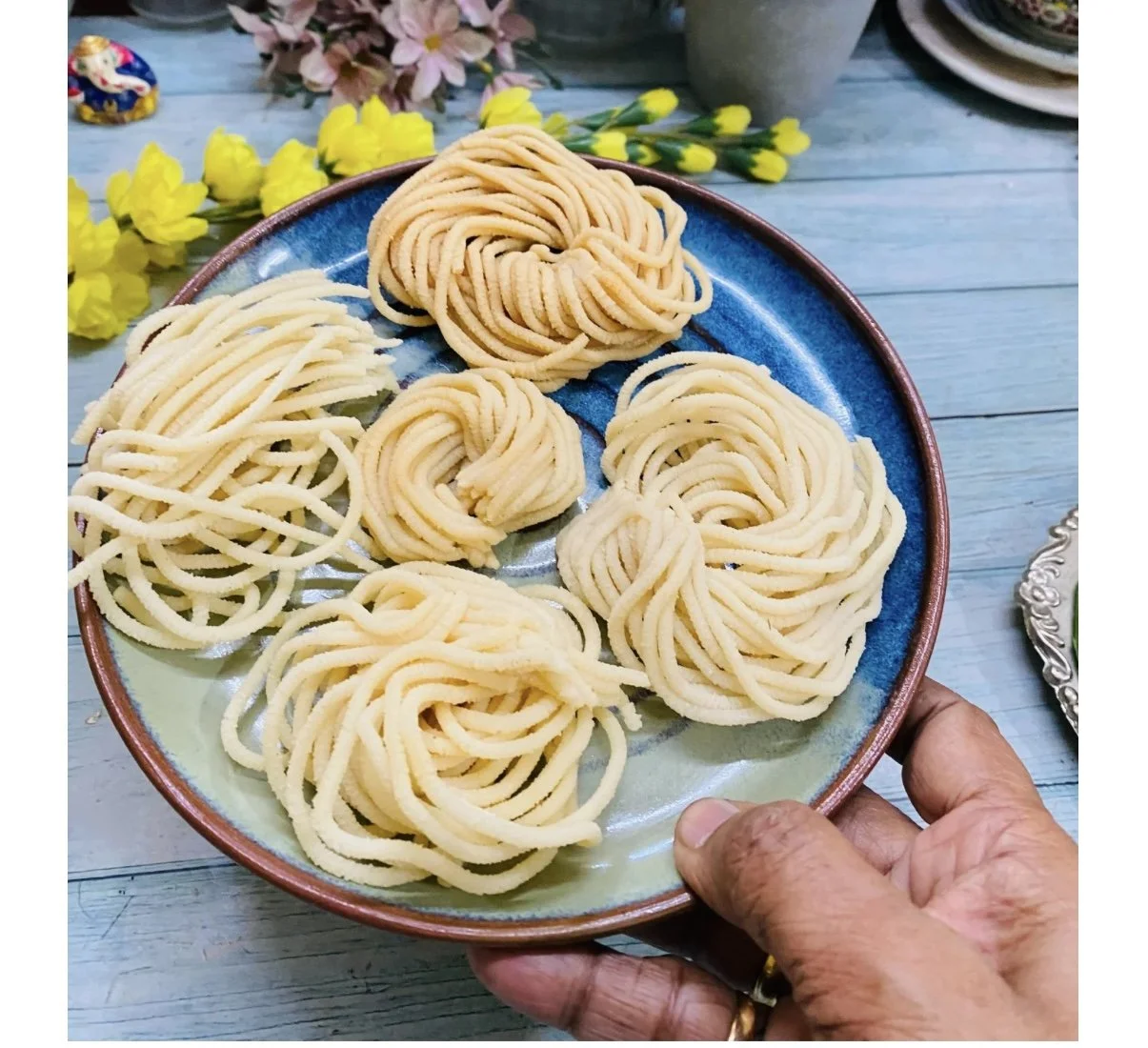
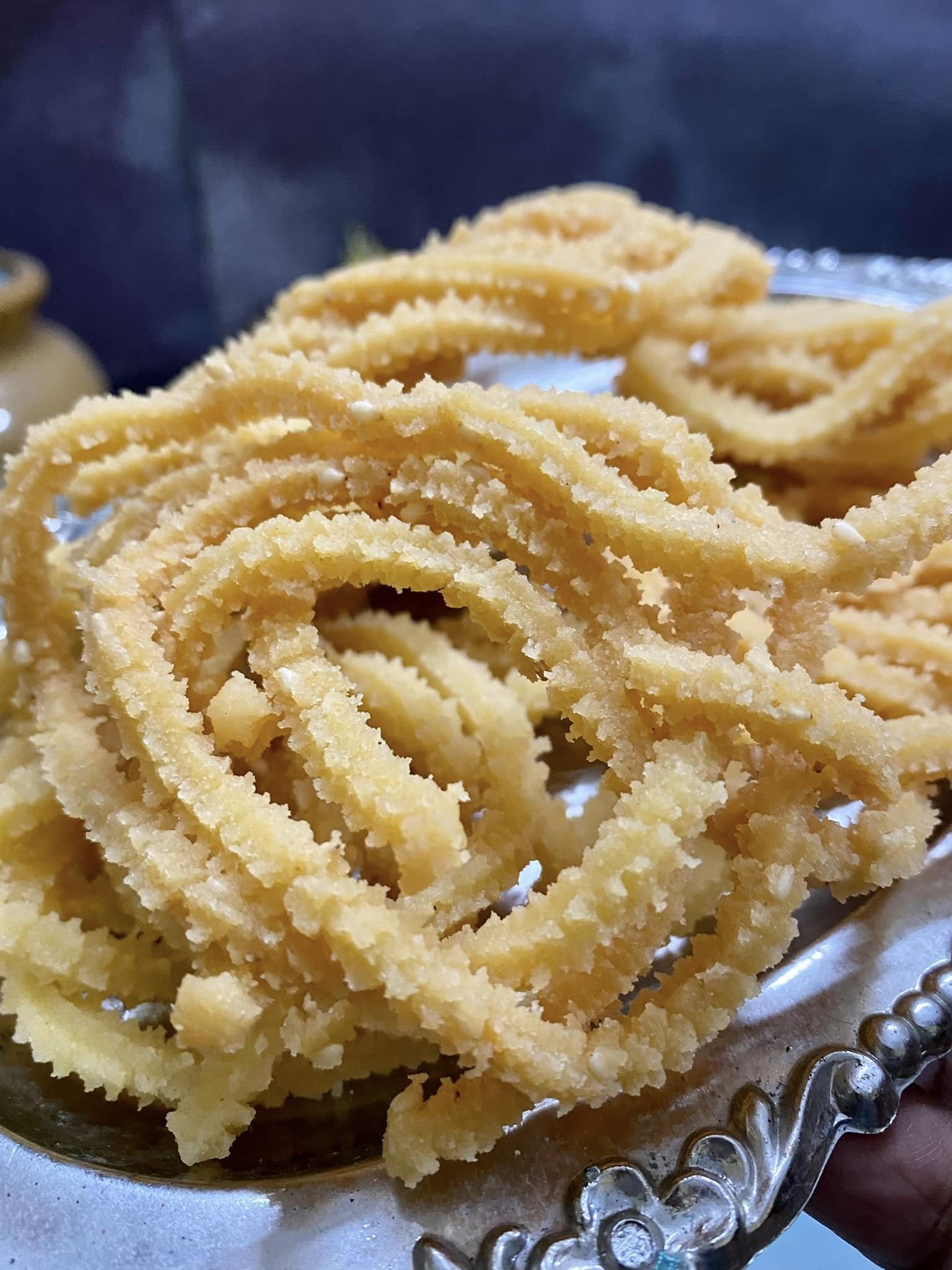
A fragrant South Indian rice dish made with coconut milk, whole spices and vegetables, Brinji sits beautifully between a pulao and biryani. Light, flavourful and gently aromatic, it’s perfect for weekday lunch boxes, small gatherings or a comforting weekend meal.